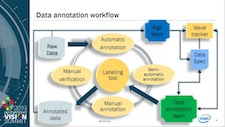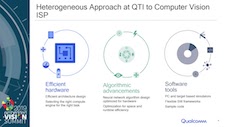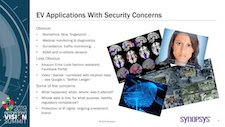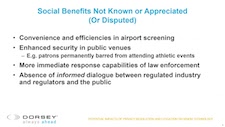| LETTER FROM THE EDITOR |
Dear Colleague,
Last week, the Edge AI and Vision Alliance announced the winners of the 2020 Vision Product of the Year Awards. The Awards recognize the innovation and excellence of the industry’s leading technology companies that are enabling practical visual AI and computer vision.This year’s winners included NVIDIA’s Jetson Nano (Best AI Processor), iniVation’s Dynamic Vision Platform (Best Camera or Sensor), Morpho’s Semantic Filtering (Best AI Software or Algorithm), Intel’s DevCloud for the Edge (Best Developer Tool), and Horizon Robotics’ Journey 2 (Best Automotive Solution). Check out the archive recording of the awards presentation, and join us in congratulating the winning companies and products! The 2020 Embedded Vision Summit, taking place online September 15-25, is not an academic research conference or a glittery marketing event. It’s the one place where you can find the latest practical techniques, technologies, applications and ideas in computer vision and visual AI—a place where you can hear about advanced techniques that actually work in the real world, such as cascaded DNNs, real-time data augmentation and guide-follower algorithms. Don’t just take my word for it; check out the already announced talks for yourself. (We’re adding new talks daily, and it won’t be long before we’ll have nearly 100 talks across four tracks.) And then be sure to register today with promo code SUPEREBNL20-V to receive your Super Early Bird Discount! Brian Dipert |
| DEEP LEARNING TRAINING AND INFERENCE |
|
Data Annotation at Scale: Pitfalls and Solutions Snapdragon Hybrid Computer Vision/Deep Learning Architecture for Imaging Applications |
| PRIVACY AND SECURITY |
|
Fundamental Security Challenges of Embedded Vision Potential Impacts of Privacy Regulation and Litigation on Vision Technology |
| FEATURED NEWS |
|
FRAMOS Launches Industrial 3D GigE Cameras Based on Intel’s RealSense Technology Basler Introduces Embedded Vision Solutions for the NVIDIA Jetson Platform IDS Imaging Development Systems’ uEye SE Cameras Contain 20 MPixel Sensors Gyrfalcon’s Lightspeeur 5801 is Named as a Top 10 Processor for AI Acceleration at the Endpoint FLIR Releases European Thermal Imaging Dataset for Automotive Driver Assistance Development |






